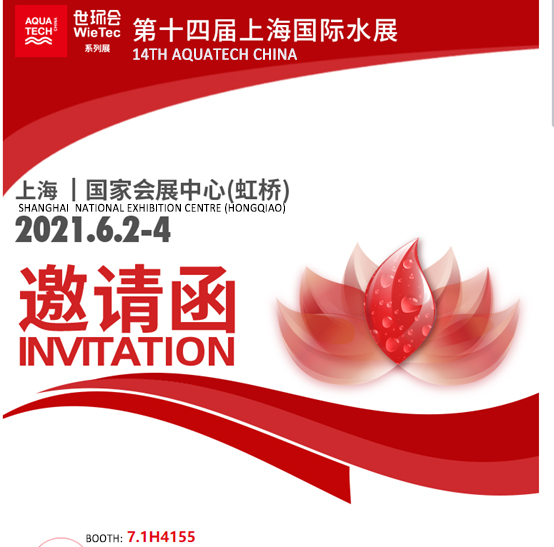
-
 Afrikaans
Afrikaans -
 Albanian
Albanian -
 Amharic
Amharic -
 Arabic
Arabic -
 Armenian
Armenian -
 Azerbaijani
Azerbaijani -
 Basque
Basque -
 Belarusian
Belarusian -
 Bengali
Bengali -
 Bosnian
Bosnian -
 Bulgarian
Bulgarian -
 Catalan
Catalan -
 Cebuano
Cebuano -
 China
China -
 China (Taiwan)
China (Taiwan) -
 Corsican
Corsican -
 Croatian
Croatian -
 Czech
Czech -
 Danish
Danish -
 Dutch
Dutch -
 English
English -
 Esperanto
Esperanto -
 Estonian
Estonian -
 Finnish
Finnish -
 French
French -
 Frisian
Frisian -
 Galician
Galician -
 Georgian
Georgian -
 German
German -
 Greek
Greek -
 Gujarati
Gujarati -
 Haitian Creole
Haitian Creole -
 hausa
hausa -
 hawaiian
hawaiian -
 Hebrew
Hebrew -
 Hindi
Hindi -
 Miao
Miao -
 Hungarian
Hungarian -
 Icelandic
Icelandic -
 igbo
igbo -
 Indonesian
Indonesian -
 irish
irish -
 Italian
Italian -
 Japanese
Japanese -
 Javanese
Javanese -
 Kannada
Kannada -
 kazakh
kazakh -
 Khmer
Khmer -
 Rwandese
Rwandese -
 Korean
Korean -
 Kurdish
Kurdish -
 Kyrgyz
Kyrgyz -
 Lao
Lao -
 Latin
Latin -
 Latvian
Latvian -
 Lithuanian
Lithuanian -
 Luxembourgish
Luxembourgish -
 Macedonian
Macedonian -
 Malgashi
Malgashi -
 Malay
Malay -
 Malayalam
Malayalam -
 Maltese
Maltese -
 Maori
Maori -
 Marathi
Marathi -
 Mongolian
Mongolian -
 Myanmar
Myanmar -
 Nepali
Nepali -
 Norwegian
Norwegian -
 Norwegian
Norwegian -
 Occitan
Occitan -
 Pashto
Pashto -
 Persian
Persian -
 Polish
Polish -
 Portuguese
Portuguese -
 Punjabi
Punjabi -
 Romanian
Romanian -
 Russian
Russian -
 Samoan
Samoan -
 Scottish Gaelic
Scottish Gaelic -
 Serbian
Serbian -
 Sesotho
Sesotho -
 Shona
Shona -
 Sindhi
Sindhi -
 Sinhala
Sinhala -
 Slovak
Slovak -
 Slovenian
Slovenian -
 Somali
Somali -
 Spanish
Spanish -
 Sundanese
Sundanese -
 Swahili
Swahili -
 Swedish
Swedish -
 Tagalog
Tagalog -
 Tajik
Tajik -
 Tamil
Tamil -
 Tatar
Tatar -
 Telugu
Telugu -
 Thai
Thai -
 Turkish
Turkish -
 Turkmen
Turkmen -
 Ukrainian
Ukrainian -
 Urdu
Urdu -
 Uighur
Uighur -
 Uzbek
Uzbek -
 Vietnamese
Vietnamese -
 Welsh
Welsh -
 Bantu
Bantu -
 Yiddish
Yiddish -
 Yoruba
Yoruba -
 Zulu
Zulu
rtrp pipe
Understanding RTRP Innovations in Pipeline Technology
In the ever-evolving world of technology, the need for efficient and sustainable systems is paramount, especially in industries that heavily rely on pipelines for the transportation of fluids, gases, and other essential materials. One of the most intriguing developments in this realm is the advent of RTRP, or Reinforced Thermosetting Resin Pipe, a material that is transforming pipeline technology and enhancing its applications across various sectors. This article delves into the features, benefits, and implications of RTRP, showcasing its significance in the pipeline industry.
What is RTRP?
RTRP consists of a composite material made from thermosetting resins reinforced with glass or other fibers. It is specifically designed to withstand high pressures and corrosive environments, making it an ideal choice for industries such as oil and gas, chemical processing, and water management. The unique properties of RTRP, including its lightweight nature and high mechanical strength, contribute to its effectiveness in diverse applications. Unlike traditional materials such as metal or concrete, RTRP offers an innovative solution that addresses the challenges faced by conventional pipeline systems.
Key Advantages of RTRP
1. Corrosion Resistance One of the most significant benefits of RTRP is its exceptional resistance to corrosion. Pipelines are often exposed to harsh chemicals and environmental factors that can degrade traditional materials over time. RTRP, however, maintains its integrity and performance even in the most challenging conditions, significantly reducing maintenance costs and extending the lifespan of the pipeline.
2. Lightweight The lightweight nature of RTRP simplifies the installation process. Traditional metal pipes require heavy equipment and extensive labor for installation, which can lead to increased costs and project delays. RTRP, being much lighter, can be installed more easily and quickly, reducing both labor and equipment costs.
Understanding RTRP Innovations in Pipeline Technology
4. Thermal Insulation Another interesting property of RTRP is its thermal insulation capability. The material can effectively minimize heat loss during the transportation of hot fluids, which is particularly beneficial in industries where temperature maintenance is crucial. This leads to energy savings and improved operational efficiency.
rtrp pipe

5. Environmental Impact As industries face increasing scrutiny over their environmental impact, RTRP emerges as a more sustainable option. The material can be designed for recycling, aligning with the global push for eco-friendly practices. Additionally, the reduced need for resources in its production and maintenance paints RTRP as a more sustainable choice compared to traditional materials.
Applications of RTRP
The applications of RTRP are vast and varied. In the oil and gas industry, it is often used for transporting hydrocarbons, where resistance to extreme temperatures and pressures is critical. In chemical processing, RTRP can withstand aggressive (corrosive) substances without compromising structural integrity. Furthermore, water management systems can benefit from RTRP's lightweight nature and corrosion resistance, particularly in applications involving treated water and wastewater.
The Future of Pipeline Technology
The ongoing evolution of RTRP technology holds great promise for the future of pipeline solutions. As the demand for efficient, sustainable infrastructure continues to grow, RTRP presents clear advantages over traditional materials. The resulting cost savings, longevity, and environmental benefits make RTRP an appealing option for industries worldwide.
Moreover, ongoing research and development into enhancing the properties of RTRP—such as increasing its heat tolerance or further improving its resistance to environmental factors—point towards a future where RTRP could dominate the pipeline industry. Manufacturers, engineers, and environmentalists alike are taking note of its potential impact, advocating for its adoption and further study.
Conclusion
In summary, RTRP represents a significant advancement in pipeline technology, addressing many of the limitations posed by traditional materials. With its numerous advantages, including corrosion resistance, lightweight construction, flexibility, and sustainability, RTRP stands at the forefront of a new era in industrial infrastructure. As industries continue to seek innovative solutions to meet modern challenges, RTRP will undoubtedly play a crucial role in shaping the future of pipeline systems.









